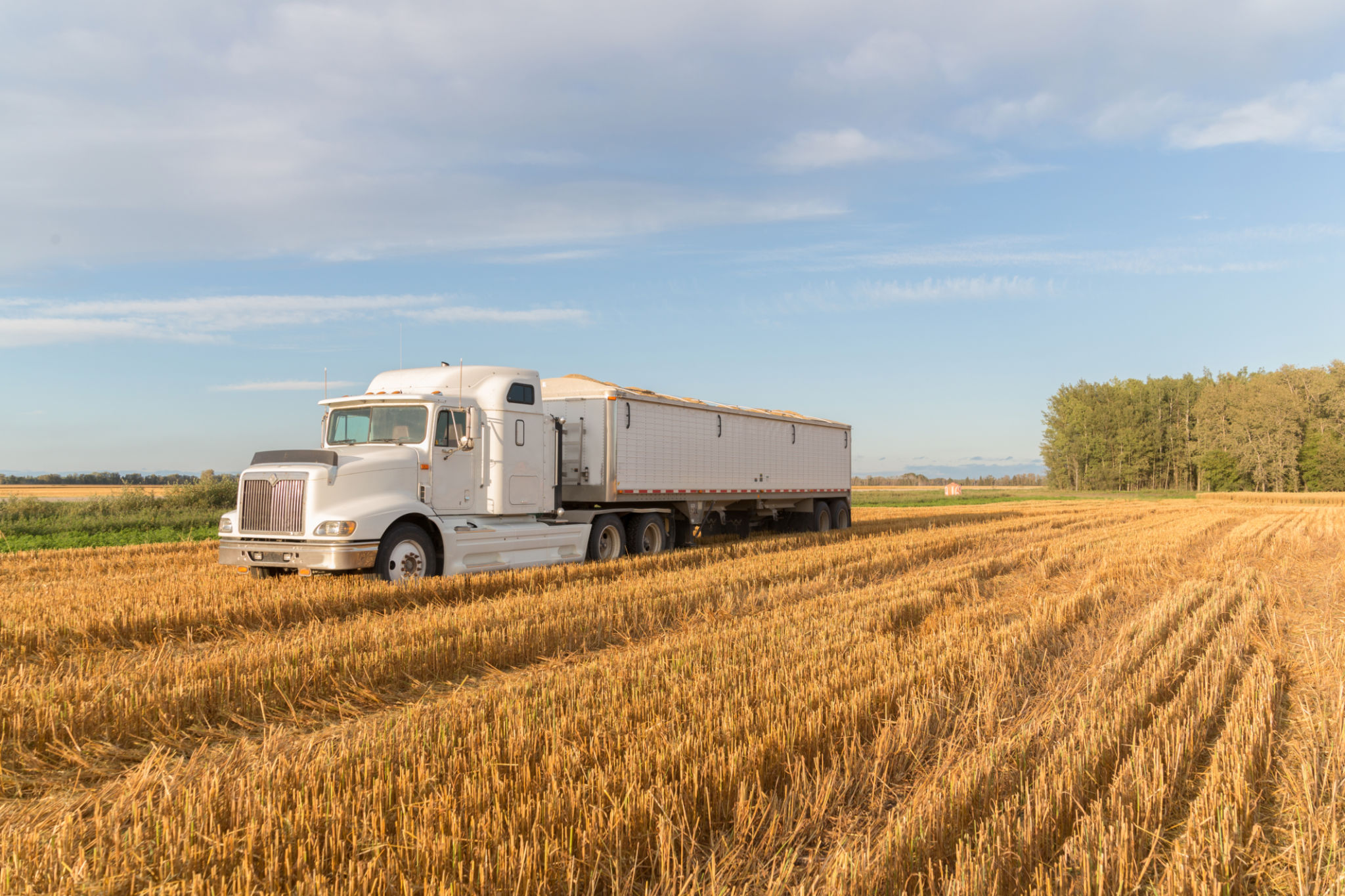Understanding the Upstream and Downstream Sectors in Agriculture: A Comprehensive Guide
Introduction to Agricultural Sectors
Agriculture is a vital industry that supports the global economy and sustains our daily lives. Understanding the different sectors within agriculture, specifically the upstream and downstream sectors, is crucial for anyone involved in the industry. These sectors play distinct roles in the agricultural supply chain, contributing to the production and distribution of food and other agricultural products.
The upstream sector is focused on the initial stages of production. This includes everything from research and development of seeds and fertilizers to the actual cultivation of crops. On the other hand, the downstream sector deals with the processes that occur after the production phase, such as processing, packaging, and distribution to consumers.

The Upstream Sector
Components of the Upstream Sector
The upstream sector is integral to setting the stage for successful agricultural production. It involves various activities and industries, which include:
- Research and Development: This includes the creation and improvement of seeds, fertilizers, and pesticides to enhance crop yield and resistance.
- Farm Machinery Manufacturing: Companies produce equipment like tractors, plows, and harvesters that are essential for modern farming.
- Input Supply: This includes providing farmers with necessary inputs such as seeds, fertilizers, pesticides, and irrigation systems.
These components are essential in ensuring that farmers have the tools and resources needed to maximize productivity and efficiency in their farming operations.

The Downstream Sector
Key Activities in the Downstream Sector
Once crops are harvested, they enter the downstream sector, which encompasses several key activities:
- Processing: Raw agricultural products are transformed into finished goods. This includes milling grains into flour or processing milk into cheese.
- Packaging: Proper packaging ensures that products remain fresh and safe during transportation and storage.
- Distribution: This involves transporting goods to markets and retailers where consumers can purchase them.
The downstream sector is crucial for adding value to raw agricultural products and making them accessible to consumers around the world.

The Interconnection Between Upstream and Downstream Sectors
While the upstream and downstream sectors have distinct roles, they are deeply interconnected. Successful agricultural production relies on effective collaboration between these sectors. For instance, innovations in seed technology (upstream) can lead to higher crop yields, which in turn affect processing volumes (downstream).
This interdependency underscores the importance of communication and coordination across the supply chain. Producers, processors, and distributors must work together to ensure a seamless flow of goods from farm to table.
Challenges Facing Both Sectors
Despite their importance, both upstream and downstream sectors face numerous challenges. The upstream sector often grapples with issues such as climate change, which can impact crop yields and necessitate advancements in technology. Meanwhile, the downstream sector must navigate logistical complexities and fluctuating consumer demands.
Addressing these challenges requires innovation, investment, and cooperation among stakeholders across the agricultural supply chain. By working together, both sectors can overcome obstacles and continue to provide essential products to consumers worldwide.

Conclusion
Understanding the upstream and downstream sectors in agriculture is essential for anyone involved in this critical industry. Both sectors play pivotal roles in ensuring that our global food system functions efficiently. By appreciating their unique contributions and challenges, stakeholders can foster greater collaboration and innovation within agriculture.
As we move forward, it is imperative to support advancements in both sectors to sustainably meet the growing demands of a global population. Through increased awareness and cooperation, we can build a more resilient agricultural supply chain that benefits everyone involved.